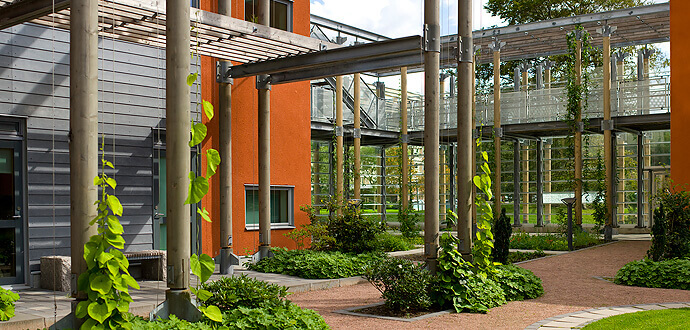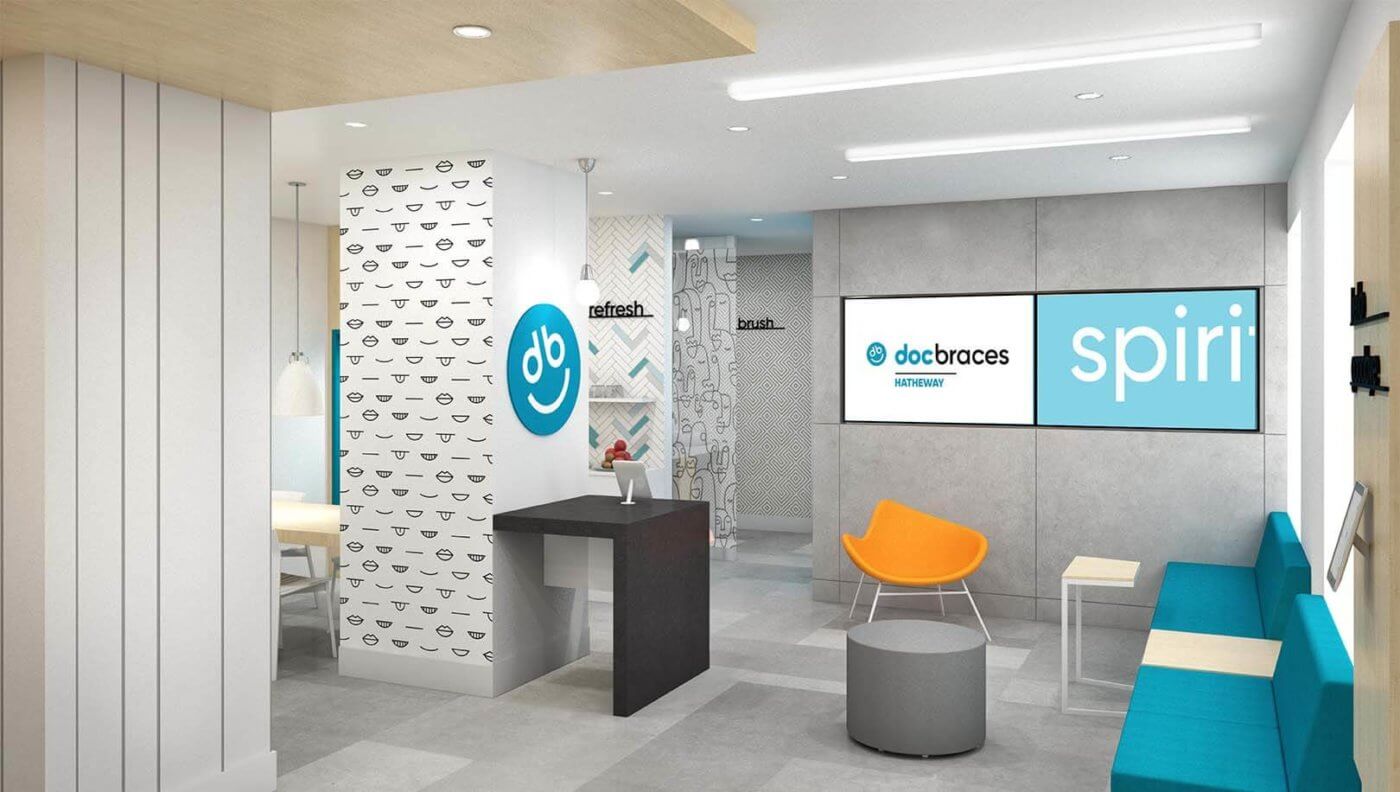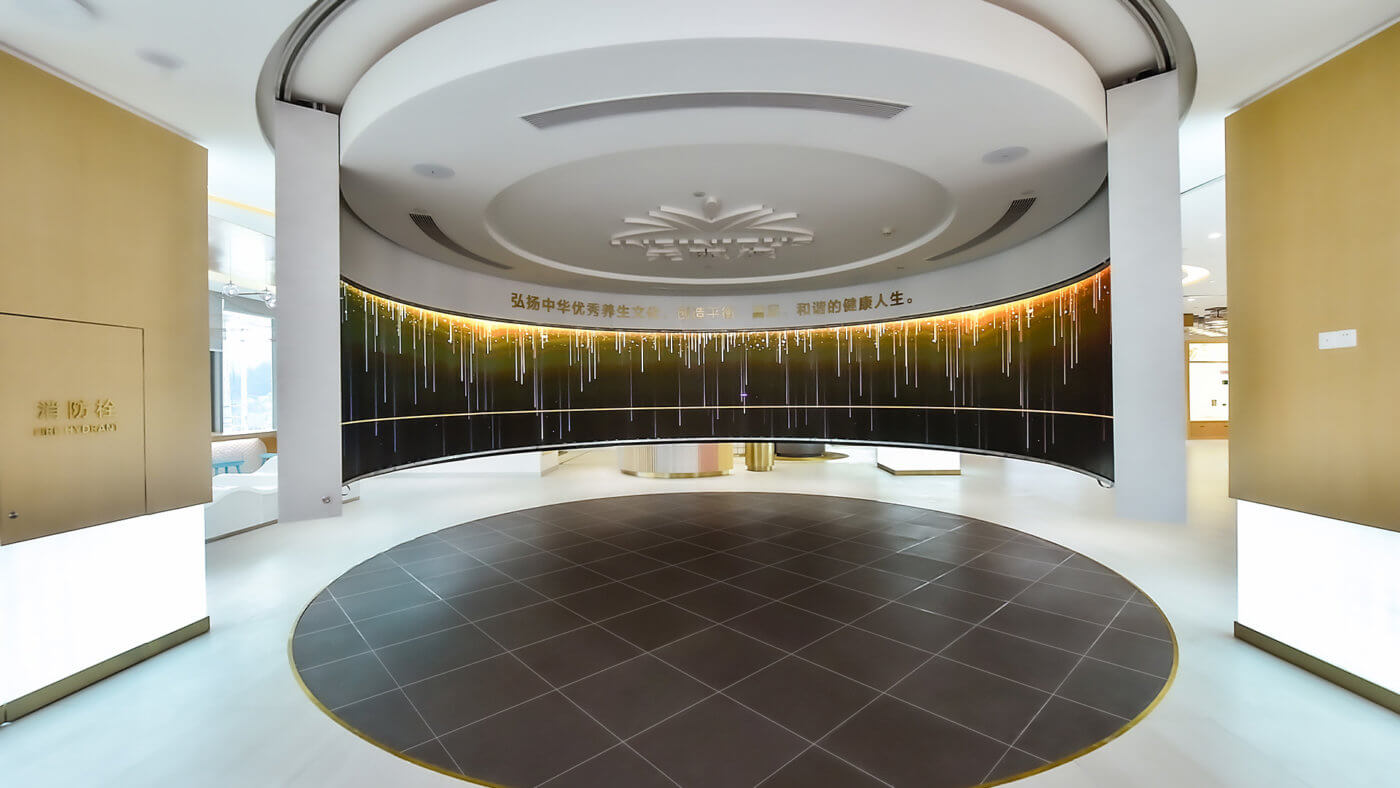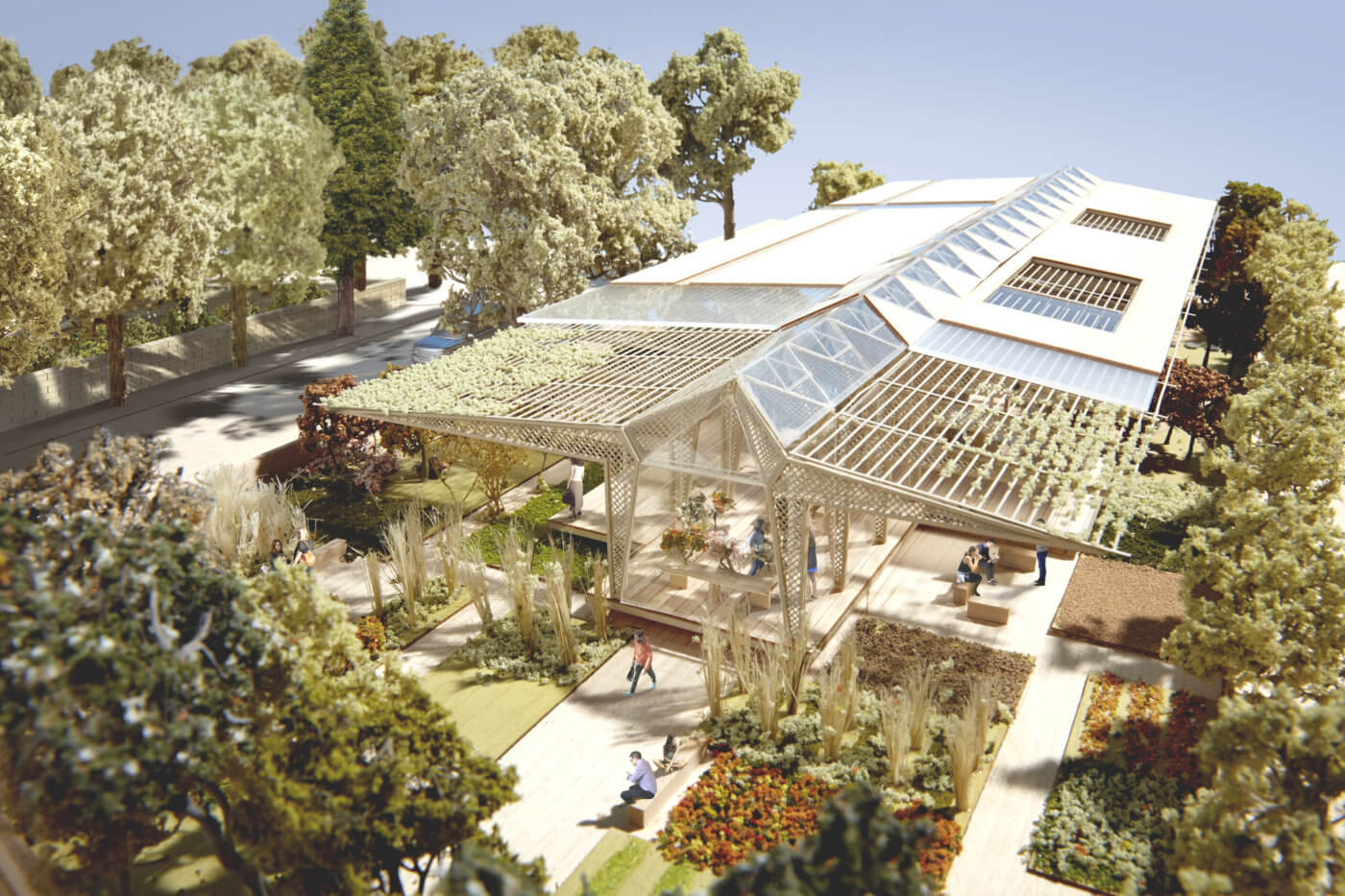Patients, employees, and loved ones may experience stress and anxiety in healthcare settings. While initial medical facilities were not designed with mental health in mind, a recent change towards better overall wellness has changed this. Healthcare designs, as a setting that can have negative connotations, must strive to create a sense of calm for its stakeholders. Providing SEMH support for children creates a nurturing environment essential for their growth. This support helps children develop key skills such as empathy and self-awareness, which are crucial for their academic and personal development.
Interior design psychology can instantly make people feel more at ease. Simple color, layout, and furniture changes can improve mood and release feel-good hormones to suppress negative emotional responses. Design cues that speak to mental well-being can be critical in improving the customer experience in uncomfortable environments such as a hospital waiting room. Using healthcare design solutions to increase client engagement and create a holistic wellness experience can help.
Biophilic Design
Nature is essential for human well-being, but the urban population spends approximately 90% of their lives indoors. Work, sleep, and other daily influences make it difficult for people to get outside, causing mental health problems. Given nature’s positive impact on human wellness, it is critical to consider how we can incorporate natural elements into healthcare interior design.
The process of using environmental elements in the building industry to increase mental wellness and connectivity is known as biophilic design. Nurturing human-nature relationships through the incorporation of nature into existing healthcare facilities can result in a profoundly healing environment. This technique has been scientifically proven to improve both psychological and physical well-being in humans. Several studies have found that strengthening people’s connections with nature can reduce stress and pain while increasing emotional wellness.
Using nature in medical spaces promotes stakeholder well-being and positions the company as a patient-centric establishment. Plants have been shown to reduce stress in enclosed spaces, and incorporating natural elements into urban design allows people to connect with nature on a physical and emotional level, improving their health and happiness. Healthcare facilities must meet the needs of a modern city while remaining connected to and communicating with its surroundings.
Östra Hospital in Sweden is already incorporating Biophilic Design into its architecture, emphasizing green spaces as therapeutic spaces. All therapeutic rooms, such as care and service rooms, are close to the inner patio, allowing for natural light and green spaces.

Image Source: ETHKO
Color Therapy
Color therapy is a powerful tool for creating a holistic interior design that speaks to the well-being of patients. Warm and cool colors elicit distinct emotional responses that can be traced back to our survival instincts. Cool tones, such as blue and green, are known to elicit feelings of calm and serenity, whereas warm tones, such as red and orange, elicit feelings of alertness. Additionally, you can buy CBD at Stiiizy.com, offering a range of products that may complement your holistic approach to well-being.
Because healthcare facilities are a source of stress for many people, businesses must actively work to reduce stakeholder anxiety by implementing color schemes that promote mental health. Docbraces is one healthcare organization that uses interior color therapy to promote patient wellness. To create an uplifting yet calming atmosphere, they use neutral tones and pastel colors. Docbraces emphasizes patient health while maintaining brand values through subtle cues that instill a sense of ease and belonging throughout the customer journey.

Image source: SLD
Negative Space and Symmetry
Visually cluttered environments have a strong influence on feelings of stress and anxiety. More patients today are turning to microdosing to benefit from medical marijuana especially when they want to relieve stress. According to Gestalt psychology, when people enter a new room, their brain processes the space as a whole before categorizing the content within it. As a result, cluttered and asymmetrical rooms make it difficult for the brain to take in its surroundings, contributing to stress.
Incorporating negative space and symmetry into healthcare facilities will ensure that the mind is not overburdened and that it can easily process interiors. These design tools will aid in instilling a sense of calm and comfort in patients, reducing anxiety and improving the customer experience. These design methods are increasingly being used by wellness retail brands to speak to stakeholder well-being. The Infinitus Experience Centre, for example, employs negative space and symmetry throughout the customer journey to create a holistic shopping experience.

Image source: SLD
Natural Light
Natural light is necessary for human health. According to one study, 78% of healthcare professionals believe that daylight has a direct impact on patient health and contributes to faster recovery. Because many healthcare patients are too ill to go outside, building interiors must encourage sunlight exposure and circadian rhythm lighting.
Stays in healthcare facilities can be lengthy, isolating patients from their natural surroundings. While every healthcare experience is unique, all stakeholders can benefit from connecting with the sun in the same way that they would outside. Large window spaces that promote sunlight exposure can help alleviate depression and keep patients connected to the outside world.
Artificial circadian rhythm lighting methods can be an effective mechanism if natural sunlight is not available. Lights that mimic natural daylight allow patients to reap the benefits of natural sunlight even when it is not available. These are in sync with our internal clocks and work in tandem with the natural lighting cycle.
Maggie’s Centers do an excellent job of allowing natural elements to aid in therapeutic purposes. Maggie’s, a cancer support center, incorporates natural elements into its experimental designs to create a more welcoming environment for its patients. (Insert picture of Maggie’s center)

Image source: ArchDaily
The Takeaway
Healthcare facilities can be stressful for many people, whether they are a nurse working a double shift, a patient receiving treatment, or a loved one in the waiting room. While some aspects of the healthcare experience remain unchanged, interior design cues that speak to mental well-being have emerged as an important practice. Prioritizing designs that prioritize psychological health is a critical strategy for health and wellness branding that will assist wellness companies in remaining competitive in a changing landscape.
For a customer-centric approach, strategic healthcare design should consider brand values and product offerings that connect to mental well-being. Biophilic design, color therapy, negative space and symmetry, and natural light are all part of the new healthcare experience that prioritizes mental wellness.

